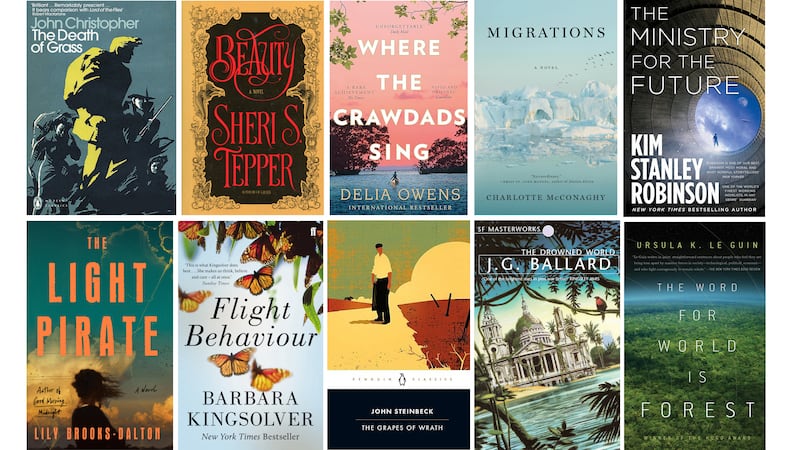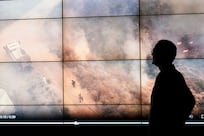Earth Day encourages people around the world to take time out and demonstrate their support for environmental protection.
First held on April 22, 1970, and organised by Earthday.org, the movement includes a wide range of globally co-ordinated events, involving more than one billion people in about 192 countries.
This year's theme is Planet v Plastics. Events, talks and other initiatives are geared towards Earth Day's commitment to reducing the use of plastics for the sake of planetary health and achieving a 60% reduction in production by 2040.
Selected by The National, here are 12 novels that delve into the theme of environmental protection.
Beauty by Sherri S Tepper
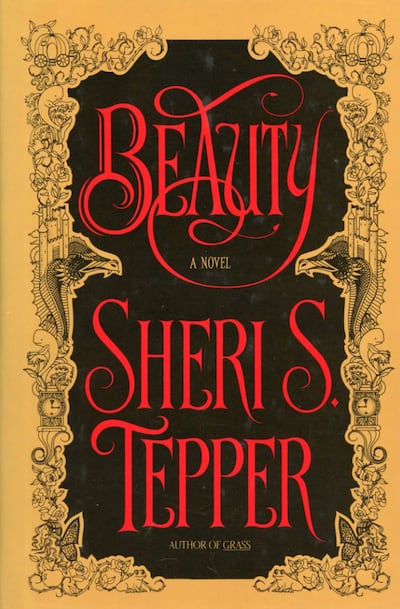
This is perhaps one of the acclaimed author's most ambitious works, combining elements of sci-fi and fantasy, with a particular focus on fairy tale, dystopia and time travel.
The story begins in 14th century Europe, where an aristocrat named Beauty, 16, discovers that she is half-fairy. As she sets off on a quest to find her mother and understand her magical heritage, she is kidnapped by time-travellers and given a glimpse into the fate of the world in the 21st century.
Horrified by what mankind has done to the planet, Beauty travels back to the 20th century and to her own time in an attempt to change the course of history and save nature.
The Ministry For The Future by Kim Stanley Robinson
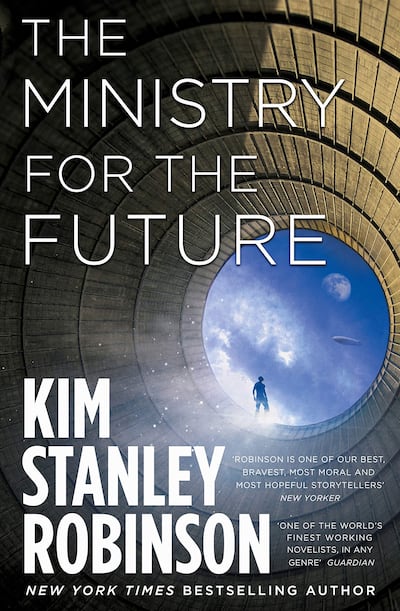
When a heatwave in India kills 20 million people in 2025, the world must act to ensure the survival of the human race.
Kim Stanley Robinson’s novel is considered hard science fiction for its scientific accuracy and its focus on logic and realism, but it has also become one of the pre-eminent titles of the emerging "climate fiction" genre. The novel follows the actions of an international organisation named the Ministry for the Future and its mission to act as an advocate for future generations as if their rights were as valid as the present generation's.
Led by aid worker Mary Murphy, the story follows her mission to convince central banks of the threats to currency and market stability posed by the effects of climate change.
Part of what has made the novel – and Robinson's other works such as his Mars trilogy – resonate around the world, and with leaders such as Barack Obama, is its focus on realistic problem solving for current issues.
The Word For World Is Forest by Ursula K Le Guin
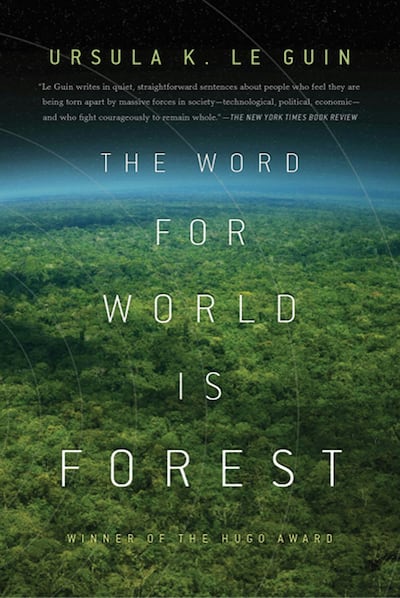
Master storyteller Ursula K Le Guin, known for her Earthsea fantasy series, delivers a powerful tale on the environmental sacrifices and damage that occur during war.
First published in 1972 as part of an anthology and then as a separate novella in 1976, The Word For World Is Forest is a science fiction story and is part of Le Guin's Hainish Cycle series.
Set in a far off future, the story focuses on the military colonisation of the planet Athshe by the people of Earth. After enslaving the completely non-violent natives, one of them, named Selver, leads a revolt after the murder of his wife. Through his efforts to free his planet of the control of the earthlings, Selver inadvertently introduces concepts of mass violence and anger to his world with devastating results to its culture and environment.
The Death of Grass by John Christopher
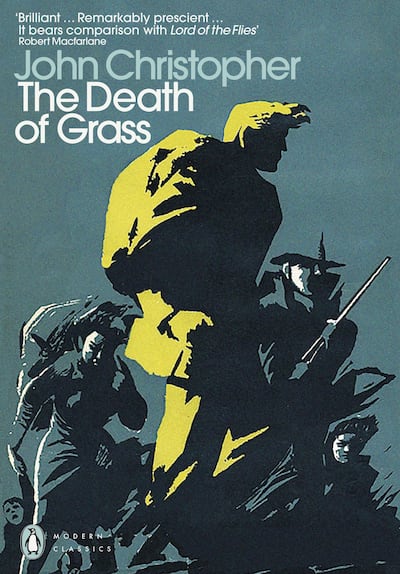
Rice crops have been wiped out in Asia because of the Chung-Li virus, resulting in mass starvation and riots. The virus has spread around the world and is still mutating, destroying wheat, barley, oats, rye and threatening all grass crops.
The world is on the brink of a global famine and the British government makes secret plans to preserve the lives of a few by sacrificing the many.
John Custance, an engineer, discovers these plans and decides to abandon his London home with his family and head for his brother's farm in a remote northern valley. On their journey, they see the country and humanity fall into chaos and are faced with impossible choices in order to survive.
Migrations by Charlotte McConaghy

Franny Stone is running away, but she doesn’t know why. Set in a not-so-far-off future where much of the world’s wildlife has died out due to the changing climate, Franny arrives in Greenland with one purpose in mind.
She plans to follow the last Arctic tern birds in the world on what might be their final migration to Antarctica.
As she travels with a crew away from shore and safety, Franny’s past doesn’t leave her. On the way, she is confronted with it, including an unforgettable love affair and a tragic crime, as she focuses on the future of the world.
The Grapes of Wrath by John Steinbeck

The Dust Bowl era of the 1930s was a time in American history when severe storms damaged prairie agriculture in the central part of the country.
John Steinbeck’s Pulitzer Prize-winning 1939 epic follows the Joad family, one of many who underwent a forced migration during that hardship, though its themes still resonate today.
In an attempt to make a better life for his family, Tom Joad and his family leave their farm in Oklahoma and travel to California. The story chronicles their difficulties and the societal injustices they witness, particularly that of the plight of migrant farmworkers.
The novel is considered a masterpiece of American literature and contributed to legislative changes to protect farmworkers.
Flight Behaviour by Barbara Kingsolver

Dellarobia Turnbow was forced to become a farmer’s wife and abandon her dreams when she became pregnant at 17. Ten years later, she is unfulfilled and has started an affair with a younger man.
Her life and the world of the small town she lives in takes a strange turn when she discovered a silent, forested valley filled with a lake of fire behind her home.
As this natural phenomenon draws together scientists, religious leaders, farmers and the media, each with their own opportunistic intentions, Dellarobia must confront her family and community at the risk of discovering a truth she may not be ready for.
Oryx and Crake by Margaret Atwood
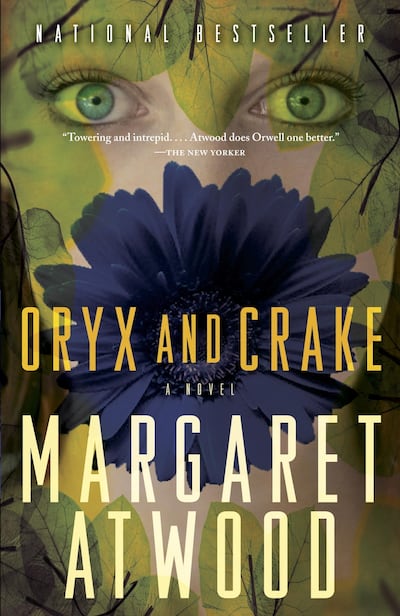
Known for her beloved novel The Handmaid’s Tale, Margaret Atwood has other powerful and thought-provoking works such as Oryx and Crake.
In the aftermath of a plague brought on by genetic engineering, the world is struggling to survive. Snowman, who may be the last human in the world, has lost his best friend Crake, and the beautiful Oryx, whom they both loved.
He embarks on a journey with the help of the green-eyed children of Crake, physically flawless beings engineered by man who don’t understand violence or envy. Together they travel through the wilderness of what was once a great city, as Snowman attempts to search for answers about his life and the world.
The Light Pirate by Lily Brooks-Dalton
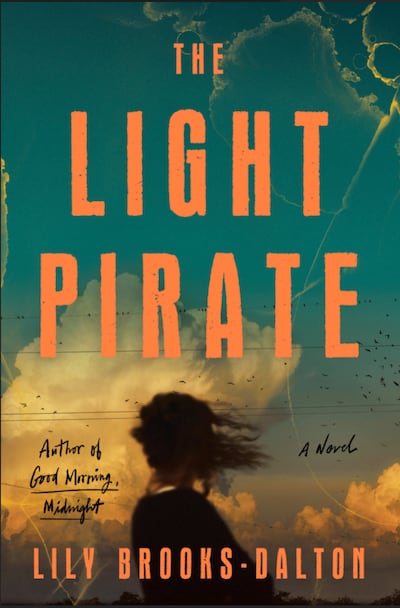
Wanda was born prematurely in Florida in the middle of a catastrophic storm. But she is not like other children.
The world is changing through unpredictable weather patterns and rising sea levels, and as Wanda grows from a child to an adult she adapts not only to the changing landscape, but to the people who remain as civilisation abandoned the world.
The apocalyptic story is filled with elements of magical realism, painting a surreal picture of how Wanda loses family, gains love and is remade in a world where nature is the ultimate ruler.
The Drowned World by JG Ballard
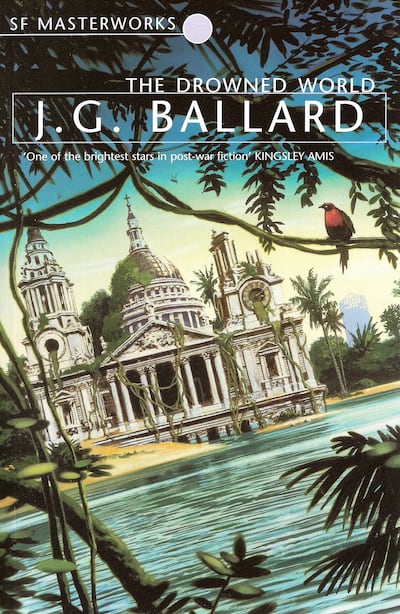
Solar radiation and global warming have melted the polar ice caps and the world has turned into a Triassic-era jungle.
JG Ballard’s The Drowned World was written in 1962 but is set in the year 2145, when London and the world have completely changed.
Biologist Dr Robert Kerans and his team of scientists must face this prehistoric environment where human civilisation is disappearing before giant iguanas, albino alligators and dangerous virus-infecting insects.
The story is an epic adventure that also seeks to examine the effects of environmental collapse on all facets of human life.
Damnation Spring by Ash Davidson

Colleen and Rich Gundersen are a married couple with a young son. The year is 1977 and the young family live in a small town where harvesting trees, the main source of income for the community, is a dwindling trade.
Rich is a tree-topper, a job that requires him to scale trees hundreds of feet tall. He has secretly spent their savings on a large strip of ancient redwoods. Colleen, who is desperate to have a second baby, is in the process of challenging the town’s logging company’s use of herbicides. She believes they are responsible for many miscarriages in the community.
The story places Colleen and Rich on opposite sides of the conflict while exploring how capitalism can effect communities, the environment and humanity on both an intimate and universal scale.
Where the Crawdads Sing by Delia Owens
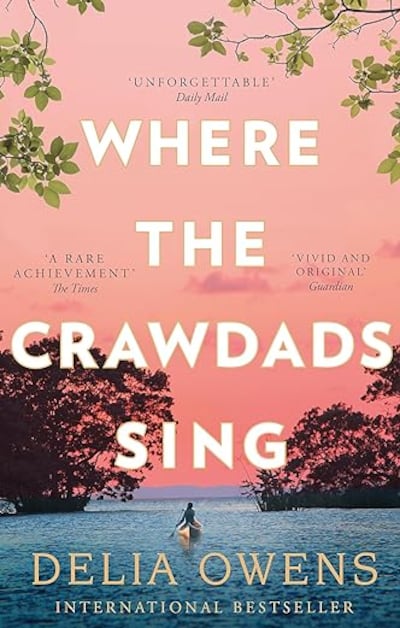
Kya Clark is barefoot and wild, named the marsh girl by the people of Barkley Cove, a fishing village.
The sleepy village is turned upside down when the popular Chase Andrews is found dead and locals immediately suspect Kya. However, she is not what she seems.
Uneducated but a born naturalist, Kya lives and learns from the land, understanding the real ways of the world by how fireflies give out signals. And while she can live alone, Kya still finds herself yearning to be loved and is drawn to two young men from the town – each of whom have their own intentions.
The novel is both an ode to nature and a powerful coming of age story centred around a tragic mystery.
